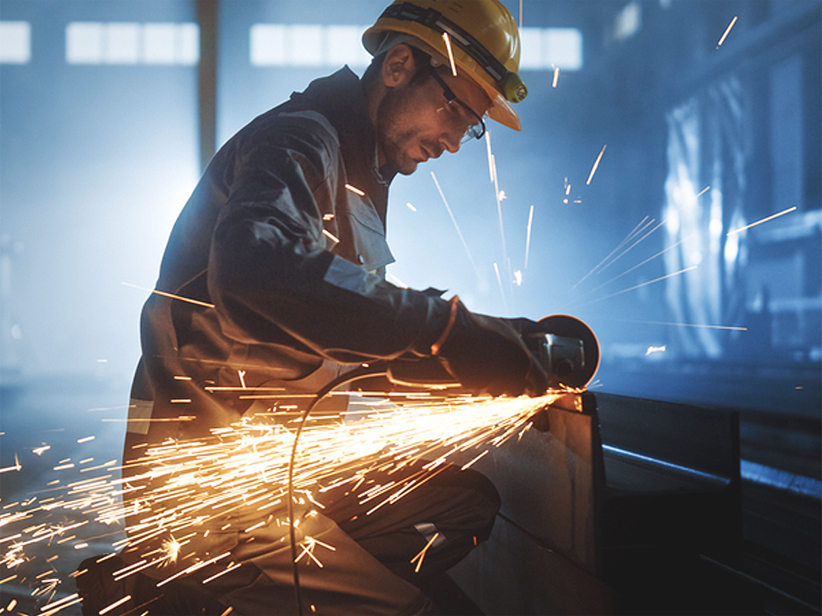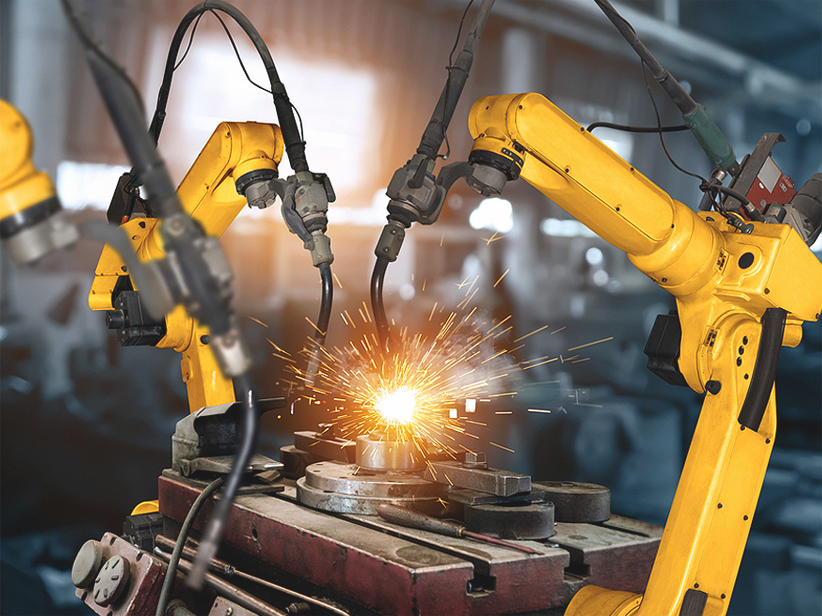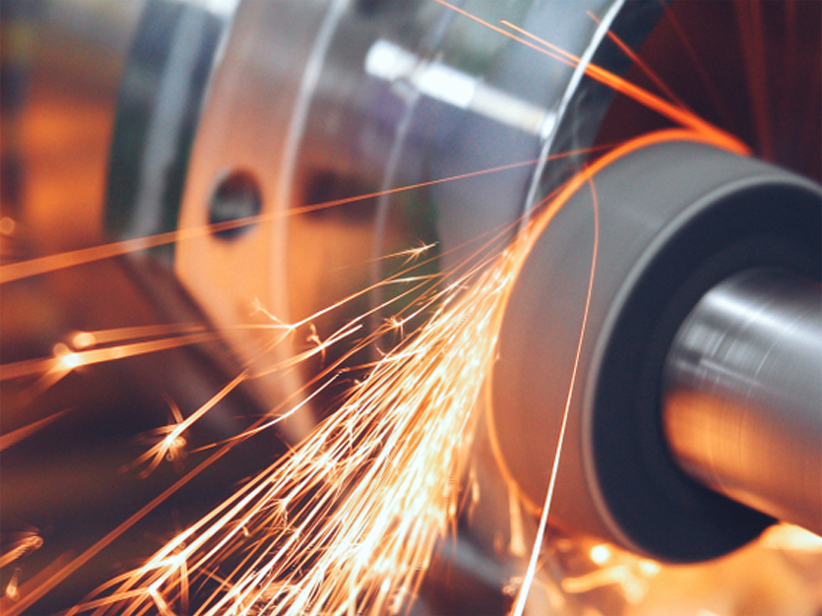FLUX CORED ARC WELDING (5 BASIC TIPS)
Flux-cored arc welding is an arc welding process which can be both automatic as well as semi-automatic and requires continuous feeding of the tubular consumable electrode which contains a flux and constant power supply for welding. As compared to submerged melt welding, which can only do welding in the horizontal or flat position, flux-cored arc welding is suitable for many different positions. Using welding, you can make excellent stuff with metal, but safety rules related to welding should be followed. Here are some basic tips to be followed for flux-cored arc welding.
All the required equipment and tools along with Personal Protection Equipment (PPE) like leather welding jacket, welding masks, gloves, safety glasses, ear protection should all be used.
As compared to sub-arc welding which due to no arc flashes requires minimum protective clothing. Other equipment like chipping hammer, pliers, wire brush, grinder, clamps, metal ruler/ tape measure, magnets, fume extractor along with the welder should be available at the welding place.
A proper distance should be maintained between inflammable materials and the welding area.
Flux-cored arc welding done on clean metal will improve the quality of the weld.
So it is better to clean the metal before welding using a grinder, grinder with a wire wheel or some wire brush.
The metal should be secured with clamps before using a grinder on it.
After cleaning the metal is cut in the correct and required length. For accuracy, it should be scribed or marked correctly using a sharpie or soapstone and a straight edge ruler.
It is better to secure the piece with clamps before you start cutting. After cutting, it is essential to set your part in the exact position you want them to weld in.
You need to devise some jig like using magnets so that you can get the parts where you want them. When you are sure, you have all the pieces in the exact position where you want them; you can start welding.
Before beginning the solder, you should always check that the settings of the welder are as per the requirement. Higher voltage and wire speed is required for thicker metals.
After setting the welder, all corners of the workpiece should be tack welded in a way that both sides of the metal should be fused.
Attention should be paid, to where the weld metal is depositing when you are pulling the trigger on the torch and that the workpiece is hit precisely where the two parts are in contact.
Welded area should be cleaned using a wire brush to remove slag. Then bead welds should be used to fill the remaining seams.
Particular attention should be paid to how the appearance of the weld is being affected by the angle of the torch, electrical stick out and travel speed. Consistency is required in all these three categories.
Wire brush and chipping hammer should be used to remove all the slag and spatter before starting the grinding. You can always reweld the defects if any.
Flux-cored arc welding is a very productive welding process. Due to the high efficiency and quality welds of flux-cored arc welding, it is highly used in the shipbuilding industry







